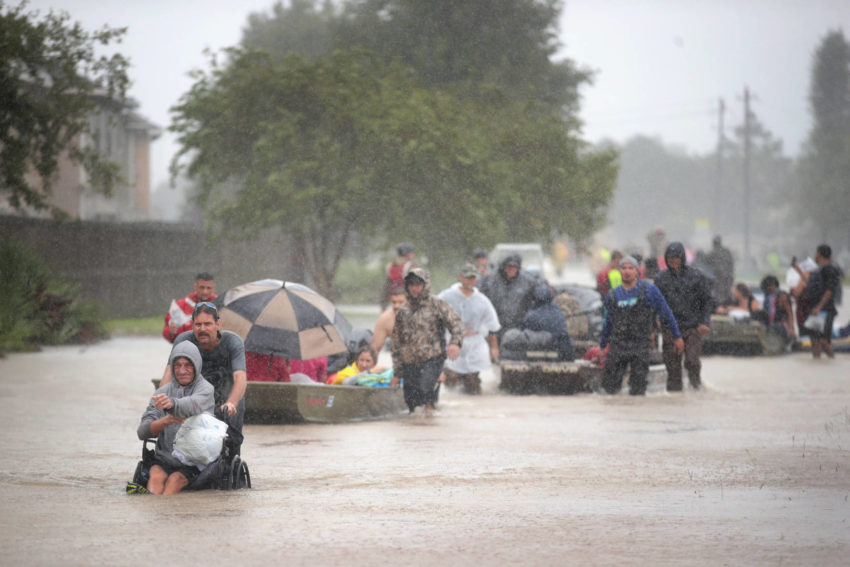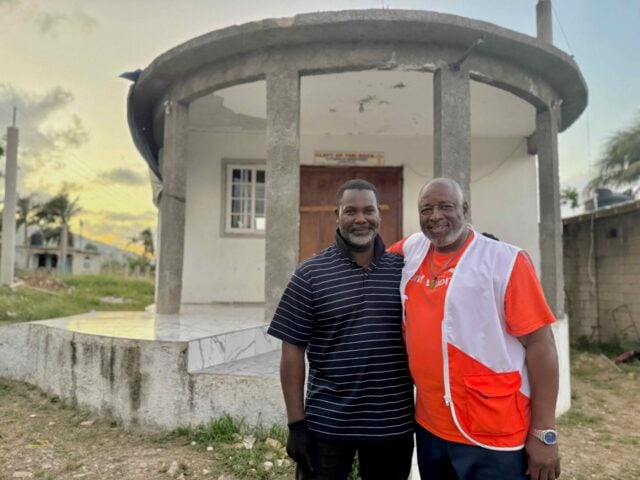Hurricane Harvey, a devastating Category 4 hurricane, struck the Gulf Coast of Texas in August 2017. It was one of the most powerful hurricanes to hit the United States in decades. Harvey’s most catastrophic impact was the unprecedented rainfall, making it the wettest storm system on record.
The storm lingered over Texas for days, causing record-breaking flooding in Houston, where some areas reported approximately 50 inches of rain. The extensive flooding displaced thousands of people and damaged and destroyed homes, businesses, and infrastructure across the affected area. As water levels rose rapidly, many people had to be rescued from their homes and vehicles.
Hurricane Harvey: Facts, FAQs, and how to help
Explore Hurricane Harvey facts and frequently asked questions, and learn how you can help disaster survivors.
- Fast facts: 2017 Hurricane Harvey
- When did Hurricane Harvey hit Texas?
- What category was Hurricane Harvey when it made landfall?
- What was the extent of damage caused by Hurricane Harvey?
- How much rainfall did Hurricane Harvey bring?
- How did World Vision respond to Hurricane Harvey?
- How can I help people affected by disasters in the U.S.?
Fast facts: 2017 Hurricane Harvey
- Hurricane Harvey was a Category 4 hurricane when it made landfall on the Texas coast in August 2017.
- The storm brought record-breaking rainfall to Texas, with some areas receiving approximately 50 inches of rain, leading to catastrophic flooding.
- Harvey is one of the costliest natural disasters in U.S. history, with estimated damages exceeding $155 billion.
- The storm stalled over Texas for several days, intensifying the flooding and prolonging its impact.
- The extreme weather and flooding displaced thousands of people from their homes.
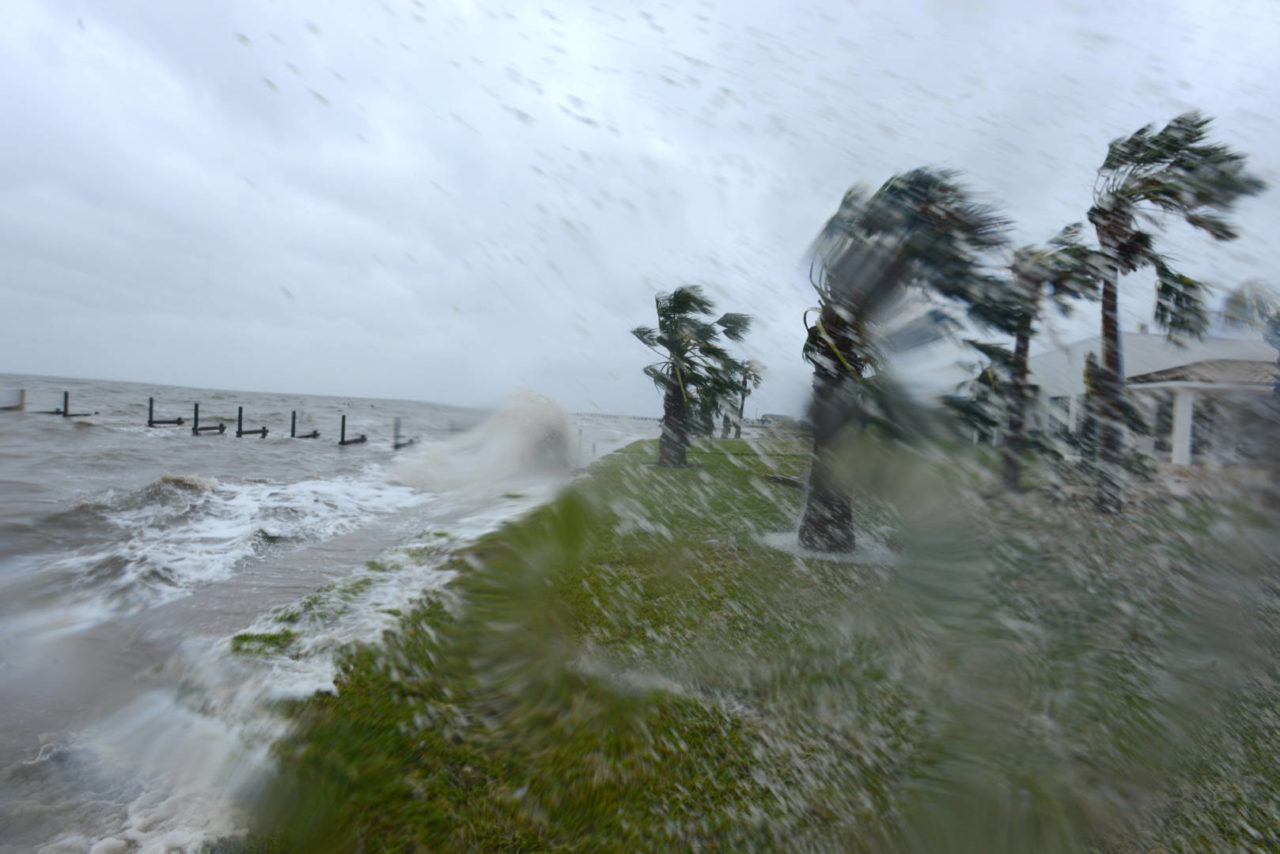
When did Hurricane Harvey hit Texas?
Hurricane Harvey made landfall on the Texas coast on August 25, 2017. The storm was one of the most powerful hurricanes to strike the Gulf Coast of Texas in recent decades.
What category was Hurricane Harvey when it made landfall?
When Harvey made landfall on the Texas coast on August 25, 2017, it was a Category 4 hurricane. It had intensified to Category 4 just before reaching land, making it a very powerful and destructive storm at the time of landfall.
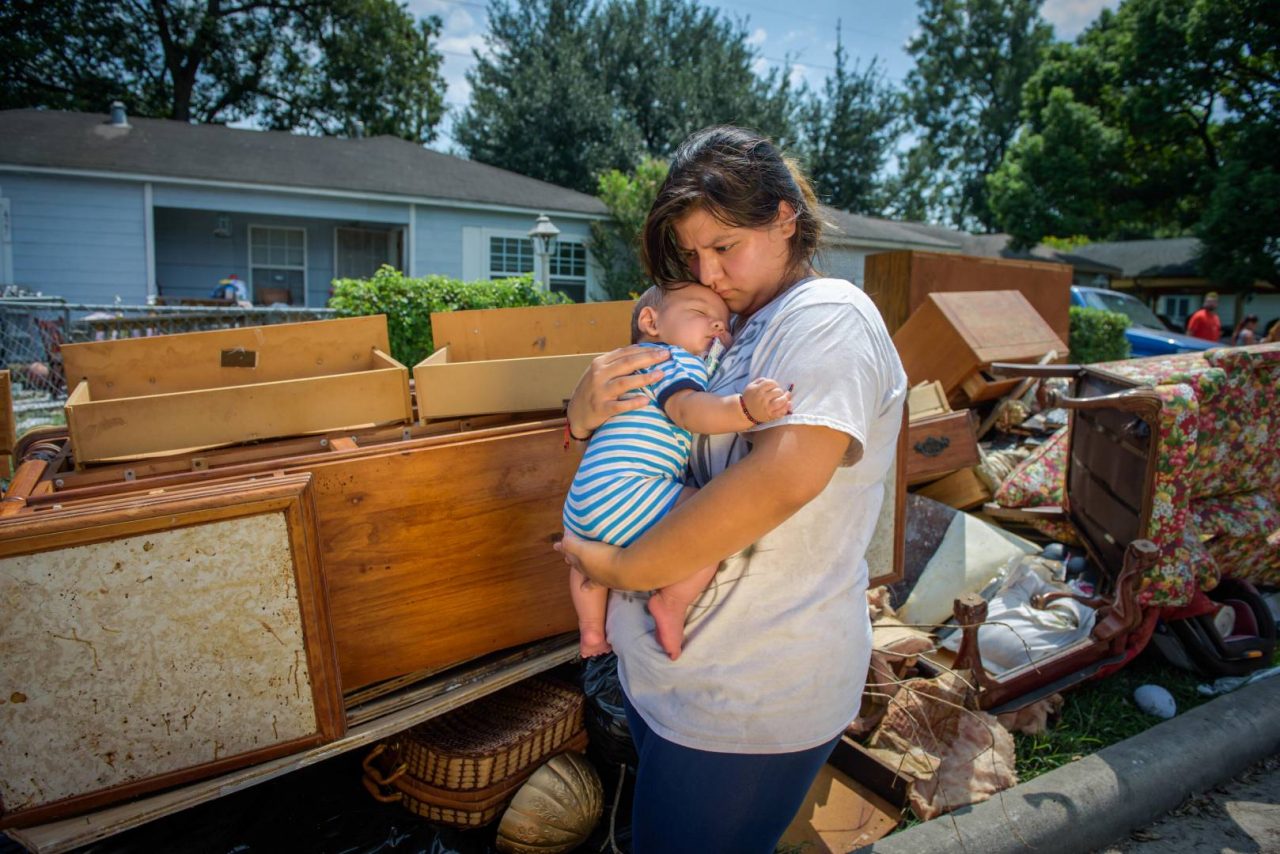
What was the extent of damage caused by Hurricane Harvey?
Hurricane Harvey caused extensive damage ($155 billion), making it one of the costliest natural disasters in U.S. history. Harvey’s most significant impact was its widespread and prolonged flooding.
Extensive flooding displaced thousands of people from their homes and damaged homes, businesses, and infrastructure. Authorities led massive response efforts involving evacuations, shelters, and aid for affected people.
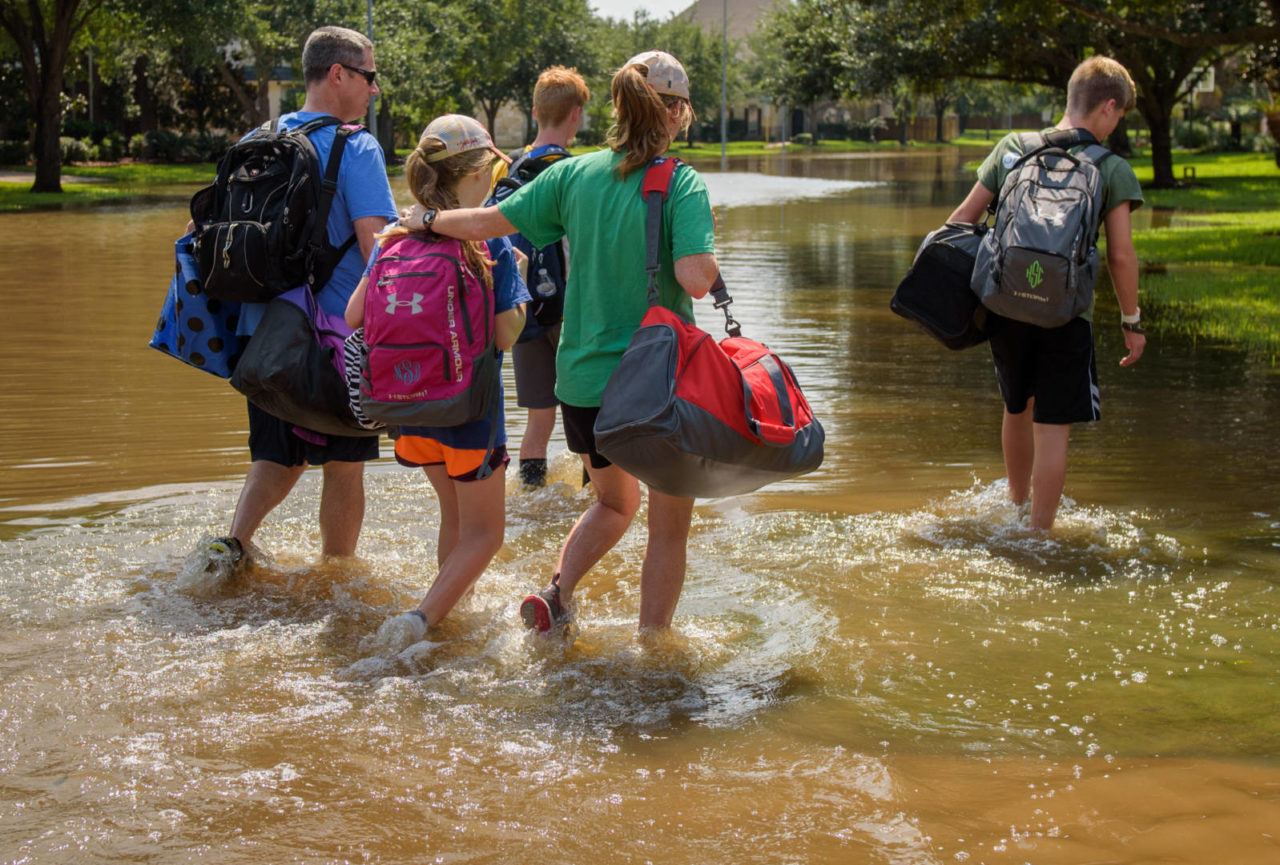
How much rainfall did Hurricane Harvey bring?
Hurricane Harvey brought unprecedented amounts of rainfall to the affected areas in Texas in 2017. Some areas received approximately 50 inches (more than 4 feet) of rain during the storm. This heavy rainfall led to catastrophic and prolonged flooding, making Harvey one of the U.S.’s most extreme rainfall events.
View aerial imagery of affected areas in the aftermath of Hurricane Harvey.
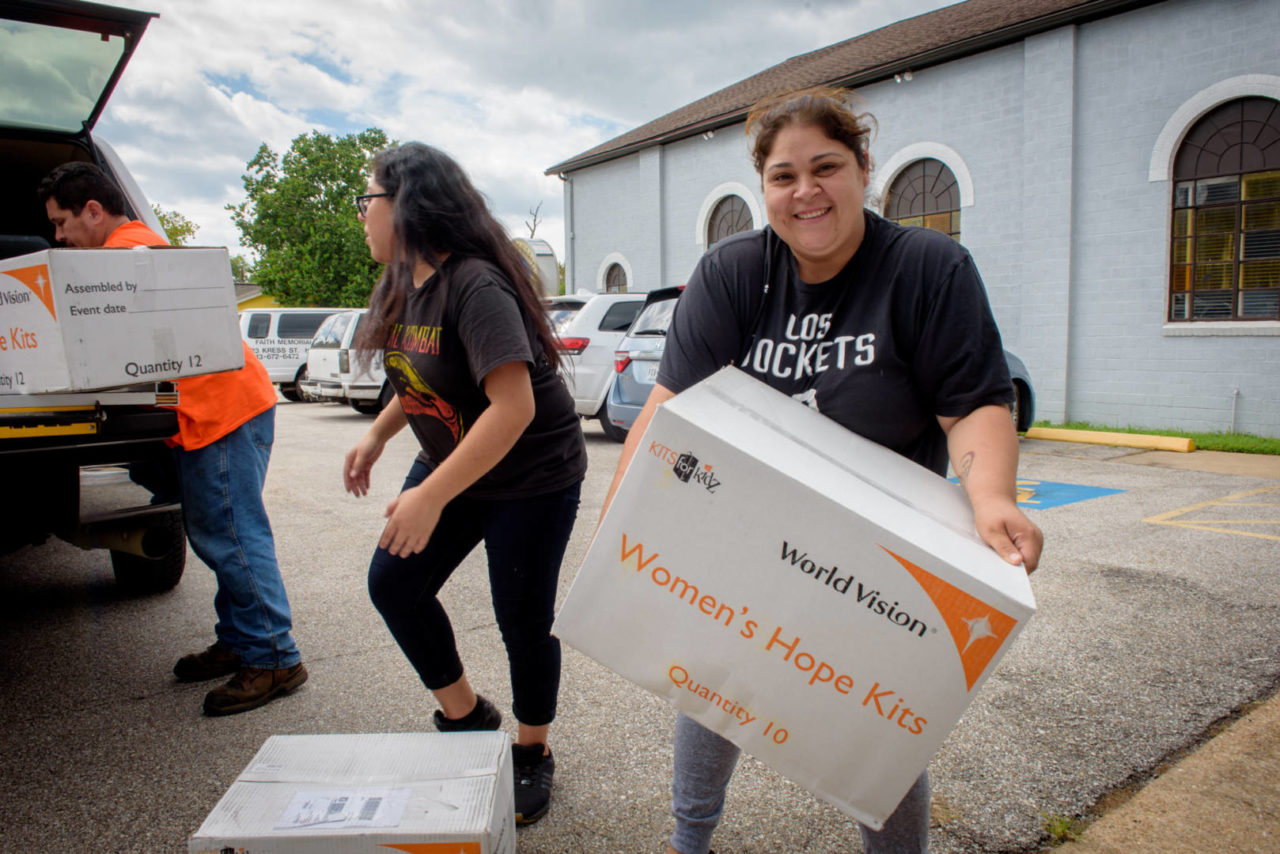
How did World Vision respond to Hurricane Harvey?
In the wake of Harvey’s devastating impact, World Vision swiftly responded to help those affected by the storm. Our team engaged with 60 church partners and various community organizations in the affected areas to mobilize resources from around the country. Over 11 months, spanning from September 2017 to July 2018, we provided emergency relief supplies, building materials, appliances, and more to approximately 246,000 people. We delivered more than 70 truckloads of supplies to our partners in Houston, Corpus Christi, and Lake Charles in the initial weeks and months after the storm.
Our effort reached the heart of the affected communities
Storm survivors received tents, pillows, sleeping bags, coolers, food kits, pet food, personal hygiene items, women’s toiletry kits, school supplies, toys, socks, clothes, diapers, toilet paper, cleaning supplies, and latex gloves.
Dan Worrell, operations minister for Houston Northwest Baptist Church, expressed his gratitude for the supplies from World Vision, calling them “a huge blessing to this community.” The support allowed them to distribute aid on a much larger scale.
Across the region, multiple trucks filled with supplies arrived at local churches, like Faith Memorial Baptist Church on Houston’s east side. Pastor Andrew Johnson emphasized the value of our partnership, saying, “We’re glad we can set up a more localized site for our community. We’re grateful for World Vision partnering with us.”
Our shipments carried items like sleeping bags and tarps to diapers and Women’s Hope Kits — totes donated by Thirty-One Gifts and filled with toiletries. “Our heart in who we are is giving back and empowering women, and Hope Kits do that,” said Jill Rhea, a Dallas independent director for Thirty-One Gifts, in 2017. “They provide hope and dignity.” Thirty-One Gifts is a direct seller of totes, purses, and accessories.
One local partner, Ecclesia Church, provided a 50,000-square-foot warehouse to serve as World Vision’s central distribution hub through most of 2018. This invaluable resource allowed us to pre-position and distribute emergency supplies with greater speed and efficiency. On-site, we maintained a stock of building materials, enabling people to access what they needed for rebuilding — from appliances, drywall, tile, grout, sinks, flooring, furniture, mattresses, and insulation to plumbing accessories and more.
How can I help people affected by disasters in the U.S.?
- Pray: Join us in praying for all those affected by hurricanes and disasters around the world.
- Give: Your gift will help provide relief to people affected by hurricanes like Harvey.
Sevil Omer of World Vision’s U.S. staff contributed to this article.
